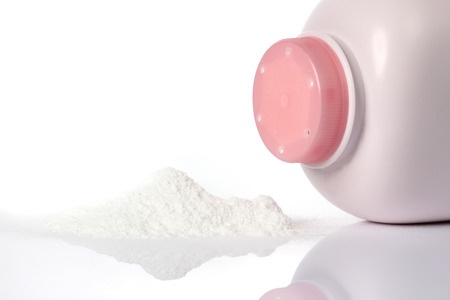Do you have a “dull spot” or “stain” on your marble and aren’t sure what it is? This is one of the most common calls we get from our customers in the New Jersey area, so you aren’t alone! In general, marble is a fairly soft stone and should be sealed to help protect it from any markings from general daily use. To start, it’s important to clarify what makes a stain a stain and an etch mark an etch mark. A stain occurs when a colored liquid comes into contact with the stone and seeps into the open pores. This can be prevented by regularly testing and sealing the stone, and you can visit this link to learn more about the process :
Stains will generally be darker than the stone due to the pigmentation in the liquid, and can best be removed by using a poultice, which is fairly easy to make and do at home. The following poultice recipe is best for rust stains, however, if the stain is grease, use stripper degrease instead of hydrogen peroxide. Be sure to wear gloves!
STONE POULTICE RECIPE:
- Hydrogen peroxide-40% by volume.
- Gloves
- Unscented baby powder or talcum powder
- Plastic cup
- Plastic wrap
- Razor blade
- Masking tape
- Plastic putty knife
- Stirrer stick
HOW TO APPLY A POULTICE:
- Pick a test area (approx. 16″x16″) that has the most damage or staining to it.
- Combine the peroxide and the baby powder in the cup and mix until it is a paste about the consistency of peanut butter.
- Apply the paste to the stained area with the putty knife- about 1/4″ thick.
- Cover the area with plastic wrap.
- Tape down the edges using masking tape.
- Use the razor blade to cut one or two slits in the plastic so it can breathe.
- Allow the paste to stay on the counter for 24 hours.
- After 24 hrs., use the plastic putty knife to scrape off the now dried paste.
- Rinse the work area with water and dry with a paper towel.
- After the surface is completely dry, compare the test space to the rest of the counter and evaluate your progress.
- You should see a distinct difference.
- Repeat the process in sections of the counter until the desired result is achieved.
There are several different recipes for different types of poultices that remove different types of stains and you can always adjust the recipe depending on the type of stain you’re working on removing. Removing the stain will not harm the stone, so don’t worry about that as you work on the stain.
Etches are different than stains all together and are normally lighter than the stone. Caused by an acidic solution coming into contact with the stone, the solution eats away at the surface and creates a dull spot and change in the actual stone itself. Anything from tomato sauce dripping out of a jar to leaving a lime on the counter after mixing drinks can leave a small mark.
While there’s a home remedy for stains, the only way to fix etches is to contact a profession that can come in to remove the damage and repolish the stone.
